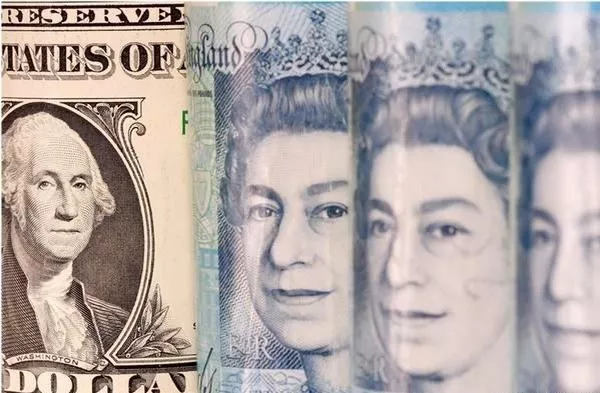GBP/USD attracted some bargain hunting after opening with a slight gap below 1.2200 levels on Monday and rebounded to near the weekly high hit on Friday. GBP/USD is currently trading around 1.2220-1.2225, still influenced by the price dynamics of the US Dollar (USD).
The safe-haven dollar edged higher on rising global risk aversion, driven by rising geopolitical tensions in the Middle East. The Palestinian militant group Hamas in the Gaza Strip launched unprecedented attacks on Israeli towns on Saturday. Israel retaliated with airstrikes on the Gaza Strip and declared war on the Palestinian enclave last Sunday, causing hundreds of casualties on both sides. That said, uncertainty about the Fed’s future path of rate hikes has deterred USD bulls from making aggressive bets and provided some support for GBP/USD.
Strong U.S. monthly employment data released last Friday showed that the U.S. economy added 336,000 non-farm jobs in September, higher than expected and stronger than the previous value of 227,000. The U.S. non-farm payrolls once again confirmed the market’s bets that the Federal Reserve will raise interest rates at least once before the end of the year, which is still supportive of the rise in U.S. Treasury yields and supports the dollar. However, other non-farm payroll data showed that wage growth remained moderate in September, easing market concerns about inflation. This in turn could lead the Fed to soften its hawkish stance.
As a result, investors are paying close attention to the Federal Reserve meeting minutes released on Wednesday, followed by the latest U.S. consumer inflation data on Thursday. This will help investors judge the Fed’s next policy move, which will in turn determine the trend of the US dollar and provide new impetus for the GBP/USD currency pair. Meanwhile, expectations that the Bank of England (BOE) will keep interest rates on hold again at its next meeting in November are likely to continue to weigh on Sterling (GBP) and prevent any significant gains in GBP/USD.


